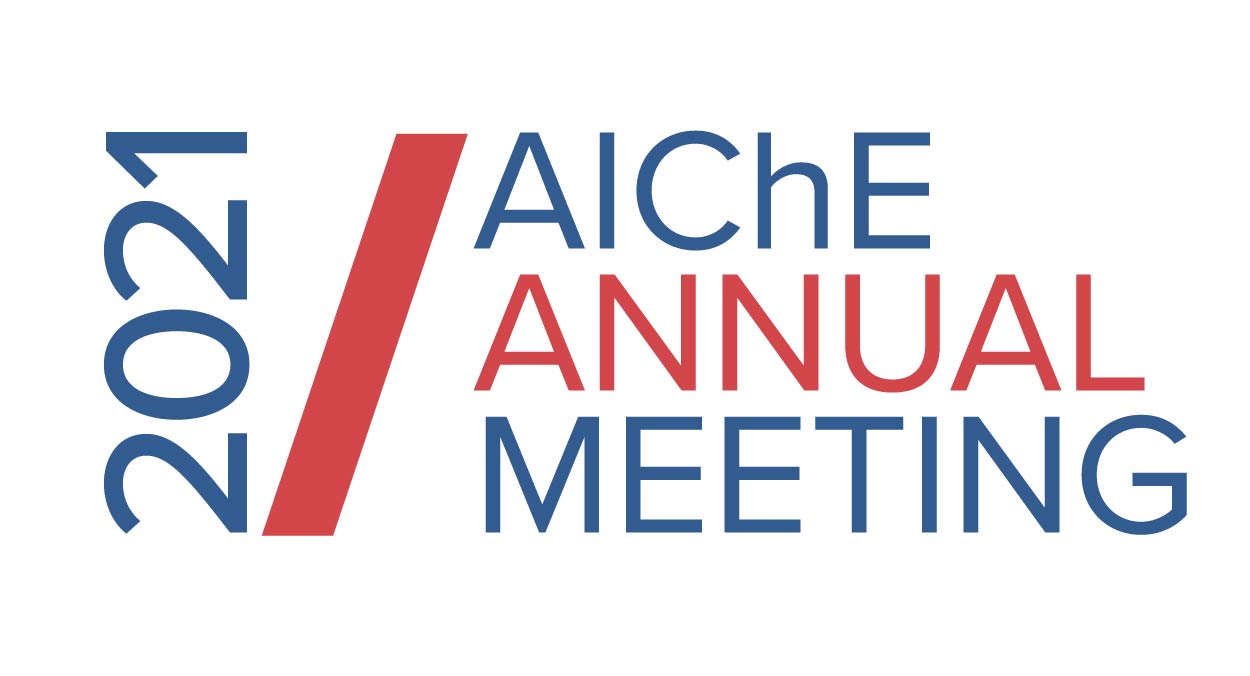

Therefore, amine-functionalized MOFs are attracting great attention, as they are more effective than the corresponding original solid adsorbents. Studies have shown that amine-functionalized MOFs have potential for greater adsorption capacity, higher selectivity, faster CO2 adsorption kinetics, and lower regeneration temperatures, making them good candidates for process adsorbents [7][8][9]. In addition, formation of ammonium carbamate chains takes place for different diamine molecules on the adsorbent, leading to isotherms exhibiting step-like shapes at given temperatures [7][10][11].
However, the optimal (i) MOF/amine combinations, and (ii) number of amine functional groups required for optimizing the performance of such materials for real-world CO2 capture applications, remain elusive [12]. Therefore, molecular simulations (Monte Carlo) were used in this contribution to explore the relationship between the structure of MOFs and their CO2 adsorption performance when amino-functionalized. A series of amine-grafted MOF-74, and the expanded version M/DOBPDC, were screened, establishing the most promising amines for adsorbing low-concentration CO2, while considering their regeneration performance.
Primary, secondary and tertiary diamine-appended molecules of different chain lengths were explicitly grafted to the unsaturated metal sites [13]. Their behavior was evaluated in terms of adsorption isotherms, selectivity, cyclic working capacity and regenerability. Good agreement between simulation results and available experimental data was obtained. Moreover, two potential structures were found with high cyclic working capacities if used for Temperature Swing Adsorption processes: dimethylethylenediamine/Mg/DOBPDC and methane diamine-Zn/DOBPDC [14]. Furthermore, it was found that more amine functional groups grafted on the MOFs and/or full functionalization of the metal centers do not lead to better CO2 separation capabilities due to steric hindrances. In addition, multiple alkyl groups bonded to the amino group yield the characteristic shift in the step-like adsorption isotherms in the larger pore structures, at a given temperature, due to the carbamic acid formation within the pore.
Our calculations shed light on how functionalization can enhance gas adsorption via the cooperative chemi-physisorption mechanism of these materials, and how the materials can be tuned for desired adsorption characteristics.
Financial support for this work has been provided by Khalifa University (projects CIRA 2018-103 and RC2-2019-007).
[1]. IPCC (2014). Fifth Assessment Report of the Intergovernmental Panel on Climate Change. doi: 10.1017/CBO9781107415416
[2]. Rochelle, G.T. (2009). Amine scrubbing for CO2 capture. Science 325, 1652–1654.
[3]. Alkhatib, I.I.I., Pereira, L.M.C., AlHajaj, A., and Vega, L.F. (2020). Performance of non-aqueous amine hybrid solvents mixtures for CO2 capture: a study using a molecular-based model. J. CO2 Util. 35, 126–144.
[4]. Zhou, H.-C., Long, J.R., and Yaghi, O.M. (2012). Introduction to metal–organic frameworks. Chem. Rev. 112, 673–674.
[5]. Yu, J., Xie, L.-H., Li, J.-R., Ma, Y., Seminario, J.M., and Balbuena, P.B. (2017). CO2 capture and separations using MOFs: computational and experimental studies. Chem. Rev. 117, 9674–9754.
[6]. Vega, L.F., and Bahamon, D. (2016). Comparative study of MOFs and zeolites for CO2 capture and separation at process conditions. Soc. Pet. Eng. J. doi: 10.2118/183480-MS
[7]. McDonald, T. M., Lee, W. R., Mason, J. A., Wiers, B. M., Hong, C. S., and Long, J.R. (2012). Capture of carbon dioxide from air and flue gas in the alkylamine-appended metal–organic framework mmen-Mg2(dobpdc). J. Am. Chem. Soc. 134, 7056–7065.
[8]. Qiao, Z., Wang, N., Jiang, J., and Zhou, J. (2016). Design of amine-functionalized metal–organic frameworks for CO2 separation: the more amine, the better? Chem. Commun. 52, 974–977.
[9]. Choi, S., Watanabe, T., Bae, T.-H., Sholl, D.S., and Jones, C.W.(2012). Modification of the Mg/DOBDC MOF with amines to enhance CO2 adsorption from ultradilute gases. J. Phys. Chem. Lett. 3, 1136–1141.
[10]. Vlaisavljevich, B., Odoh, S.O., Schnell, S.K., Dzubak, A.L., Lee, K., Planas, N., et al. (2015). CO2 induced phase transitions in diamine-appended metal–organic frameworks. Chem. Sci. 6, 5177–5185.
[11]. Siegelman, R.L., McDonald, T.M., Gonzalez, M.I., Martell, J.D., Milner, P.J., Mason, J.A., et al. (2017). Controlling cooperative CO2 adsorption in diamine-appended Mg2(dobpdc) metal–organic frameworks. J. Am. Chem. Soc. 139, 10526–10538.
[12]. Kang, M., Kang, D.W., and Hong, C. S. (2019). Post-synthetic diamine-functionalization of MOF-74 type frameworks for effective carbon dioxide separation. Dalton Trans. 48, 2263–2270.
[13]. Builes, S., and Vega, L.F. (2013). Effect of immobilized amines on the sorption properties of solid materials: impregnation versus grafting. Langmuir 29, 199–206.
[14]. Bahamon, D., Anlu, W., Builes, S., Khaleel, M., and Vega, L.F. (2021). Effect of amine functionalization of MOF adsorbents for enhanced CO2 capture and separation: a molecular simulation study. Frontiers in Chemistry 8, 1228.
Figure. Comparison of simulated (filled symbols) adsorption isotherms of carbon dioxide with available experimental data (open symbols) for selected functionalized MOF structures. (Lines are to guide the eyes). Three-dimensional structure representation of carbamic acid functionalization for mmen-Zn/DOBPDC (Color code: C, H, O, N, Zn in gray, white, red, blue, and purple, respectively]
